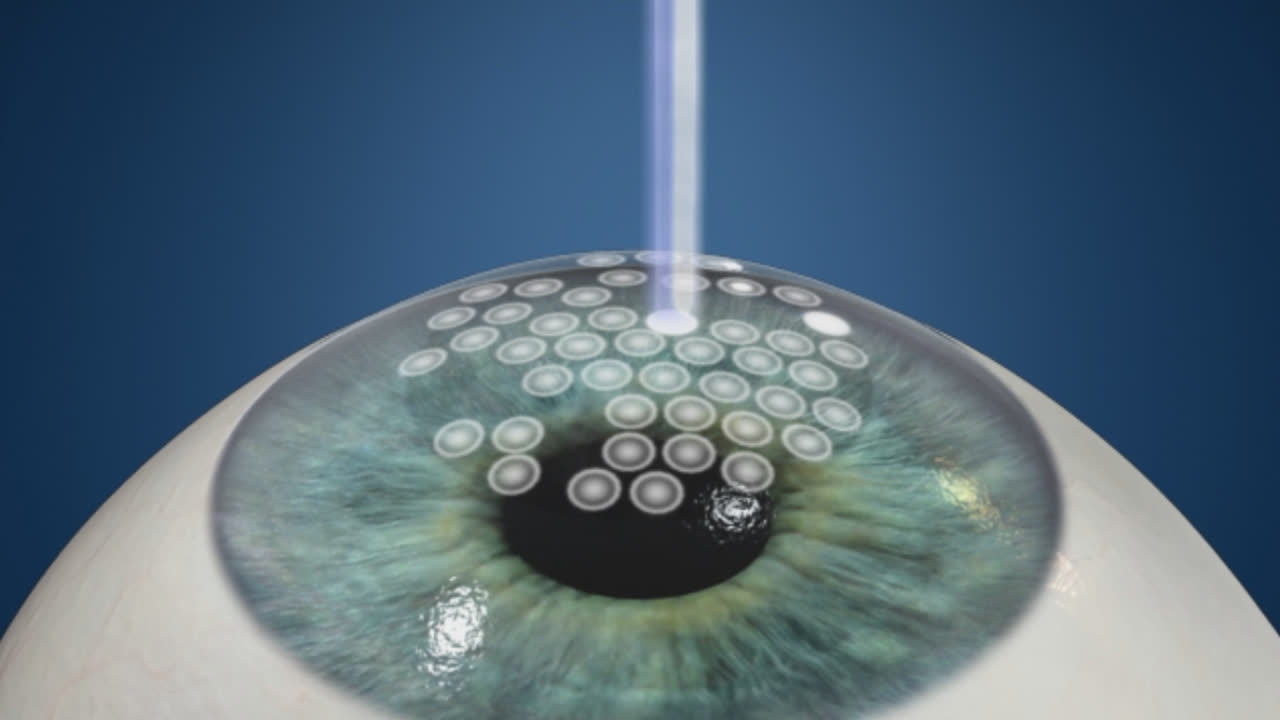The cornea, the most transparent layer of the eye, can be damaged, sometimes due to diseases and sometimes due to physical effects. Depending on the damage, we can also say that this situation affects vision. There may be loss of clarity in vision or staining that will prevent clear vision. PTK Laser (phototherapeutic Kerarectomy) is one of the treatments that come into play at this point. What exactly is the procedure used for? What advantage does it provide to patients? What is PTK Laser? Let’s take a look.
What is PTK Laser (phototherapeutic Kerarectomy)?
PTK is a specialized laser eye surgery used to correct superficial abnormalities in the cornea, with the main goal of correcting vision.
It removes irregularities such as dystrophy, corneal scars or spots on the cornea that interfere with clear vision. The procedure is effective on surface scars and epithelial disorders and utilizes excimer laser technology during the procedure. We can also list the areas of use in several different articles. These are
- Elimination of epithelial disorders.
- Removal of corneal dystrophies.
- Removal of surface scars due to trauma.
- Elimination of stains and irregularities in the outer tissue.
- Providing relief of corneal erosions.
- Elimination of blurriness and shape irregularities that affect vision.
How is PTK Laser Performed?
The procedure proceeds similarly to other laser operations. Basically, the patient is first made comfortable and the eye is prepared for the operation. Afterwards, the specialist physician performs the procedure. Let’s consider the steps of the procedure separately for a clearer explanation.
- Necessary measurements are made and PTK is decided for the patient.
- The patient is taken to the operation on the determined day and time interval.
- During the operation, local anesthesia is first applied to the eye and the eye is numbed.
- The surgeon uses the excimer laser to perform operations on the corneal tissue to be corrected and the corrections determined before the operation are completed.
- After the procedure is completed, a protective lens is used to protect the eye from external influences.
After this stage, we can say that the healing process begins. During the healing process, the most important thing to pay attention to is to follow the routines specified by the doctor. You should not miss the eye drops given to you. You should also go for check-ups on time and follow the doctor’s instructions.
Now that we have explained what the treatment is and how it is done, we can do a short question and answer session on the most common questions.
How Long Does PTK Laser Recovery Take?
This is one of the most curious questions. PTK is ultimately a laser procedure. Of course, there is a healing process in laser treatments. We can say that the healing process for PTK varies between a few days and a few weeks. Why the operation was performed and how long it lasts directly affect the healing process. If the operation is long and involves more procedures on the eye, then we can expect a longer recovery period.
However, even in the longest period, recovery is expected to be completed within a few weeks. During this process;
- Blurred vision
- Hypersensitivity to light,
- Problems such as fluctuating vision or halos may occur.
It should be noted that these problems are generally temporary problems and are expected to disappear spontaneously after the healing process.
What are the Advantages of PTK Laser?
- It has fast recovery times.
- It is a minimally invasive treatment. In other words, there is no need to make any cuts in the eye.
- The laser is sensitive enough to focus on a specific point, which allows for a much more pinpoint treatment.
Are There Risks for PTK Laser?
The risks are very low. However, as a result, we are talking about an operation and as in all other procedures, we can talk about some operation risks here. Although rare, we can list the risks that may be experienced as follows;
- Blurred vision may persist for a while.
- The disease, which is treated and healed after laser treatment, may recur in rare cases.
- Burning, stinging and discomfort may occur in the eye for a while. This sensation may be supported by headache.
In order to minimize the risk level and to be more resistant to burning and stinging sensations, it is important to optimize the eye surface before surgery. Optimizing the eye surface with methods such as Laser PrimeCare and then proceeding to laser application.
It can minimize the risks and ensure maximum efficiency from the healing process. If you would like to get more detailed information about Laser PrimeCare, we are adding a link right here.


